The U.K., U.S. and Canadian nuclear regulators have revealed high-level principles for deploying artificial intelligence (AI) in the nuclear sector while maintaining adequate safety and security.
The regulators say that “AI could benefit nuclear safety, security and safeguards in a variety of ways. These include the analysis of large volumes of data to better manage risks and improve efficiency and accomplishing tasks in hazardous areas to decrease the risk to workers and potentially reduce error. AI could also be dynamically retrained to benefit from new information and experience so it can rapidly improve moving forwards.”
The UK’s Office for Nuclear Regulation (ONR), the US Nuclear Regulatory Commission (NRC) and the Canadian Nuclear Safety Commission (CNSC) have just published a new trilateral paper. The title of the paper is Considerations for developing artificial intelligence systems in nuclear. It describes principles that all participants in the AI lifecycle should consider. These include developers, licensees and regulators. The paper marks the first time international regulators have collaborated to draft principles addressing AI in the nuclear sector.
The paper covers a variety of topics. Common areas of focus for regulators when approaching AI are recommended. Understanding how to manage systems based on the consequences of AI failure and the level of AI autonomy is urged. The importance of human and organizational factors in the use of AI is emphasized. Integrating AI into existing nuclear systems is discussed. Managing the AI lifecycle from design to deployment is reviewed. Considerations for safety cases for AI in nuclear applications are mentioned.
The paper continues that “The nuclear industry benefits from decades of operational experience, mature and rigorous design and operation protocols, and a strong safety and security culture. The rapid pace of recent AI development is somewhat antithetical to the slow and methodical change process that the nuclear industry traditionally follows. Nevertheless, the primary goal for the nuclear industry and regulators with respect to AI systems will be maintaining adequate safety and security while benefiting from their deployment.”
Among its conclusions, the paper states that “The fast pace of AI development means it is unlikely that AI-specific consensus standards for the nuclear domain will be available to support regulatory activities within the near future. In the interim, existing nuclear-specific standards remain a starting point coupled with considering the unique attributes introduced by AI.”
The regulators conclude that “While there are hurdles to consider to successfully deploy AI, there are also potentially significant benefits to using AI. If effectively managed, negative consequences could be avoided or mitigated for many applications. This document recognizes this position and describes features the Canadian, UK, and US nuclear regulators consider important in managing risks arising from the use of AI.”
Shane Turner is the Technical Director of the ONR. He said that “This significant collaboration between CSNC, NRC and ONR will support the wider international nuclear community to understand what is important when considering the application of AI. ONR is open to innovation and is committed to enabling the safe and secure deployment of AI and other innovative technologies within the nuclear sector.”
Blog
-
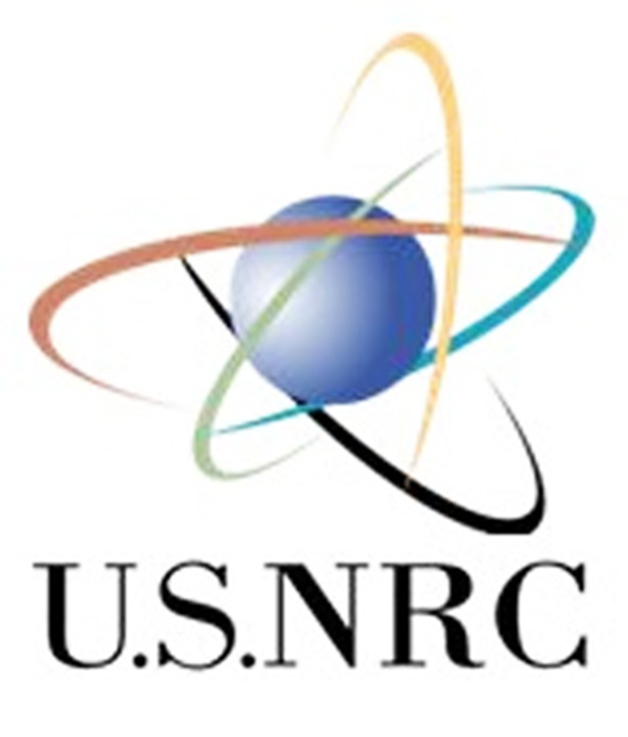
Nuclear Reactors 1425 – UK’s Office for Nuclear Regulation, The U.S. Nuclear Regulatory Commission And The Canadian Nuclear Safety Commission Issue Paper On AI In Nuclear Industry
-
Nuclear News Roundup Sep 16, 2024
Labor claims Aukus nuclear waste dumping issue just a Greens scare campaign theguardian.com
Long-term safety at Koeberg world-nuclear-news.org
Turn Indiana’s coal plants into nuclear yahoo.com
2 charged in case of illegal exports for Russian nuclear energy caledoneanrecord.com
-
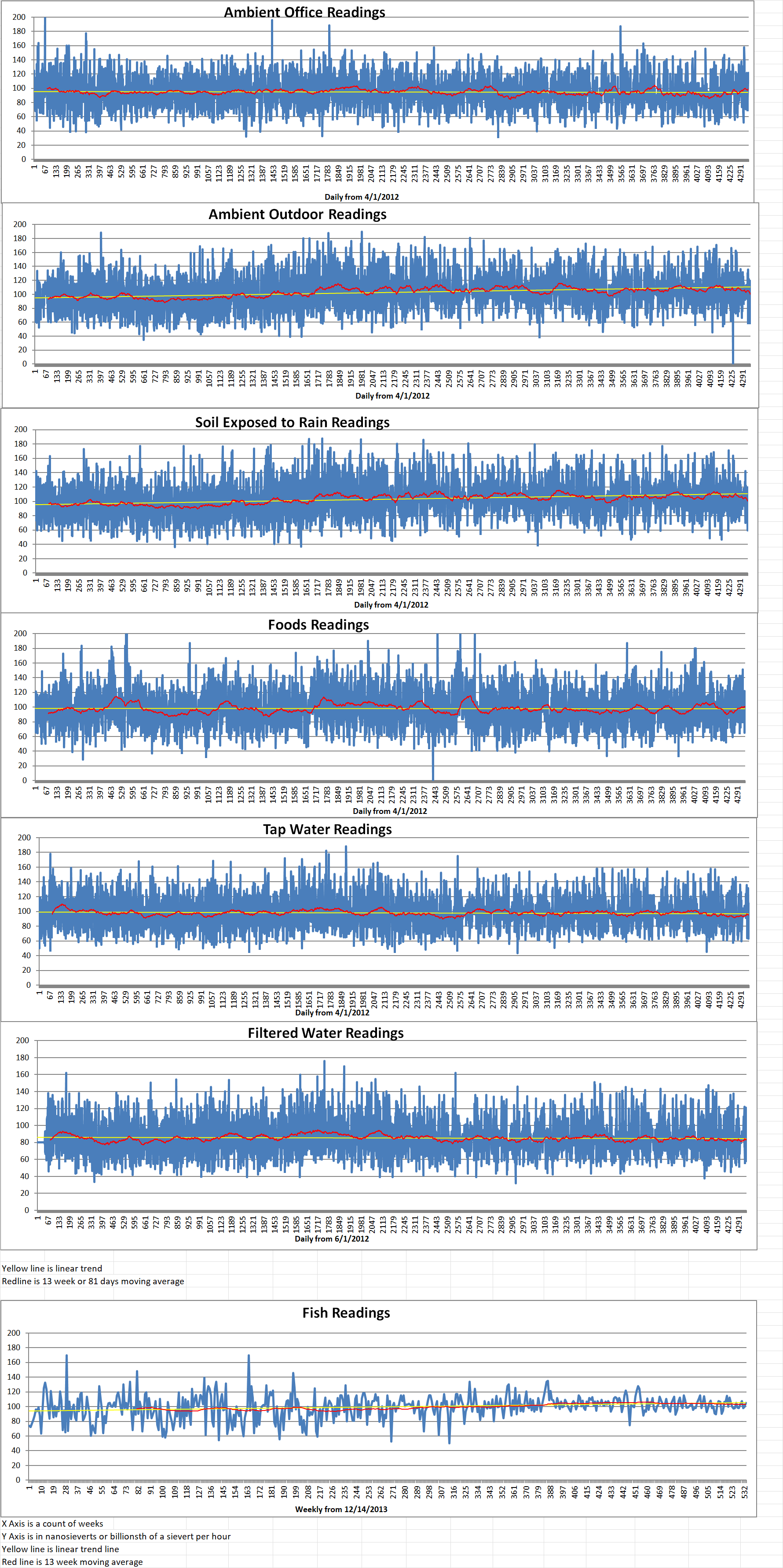
Geiger Readings for Sep 16, 2024
Ambient office = 110 nanosieverts per hour
Ambient outside = 108 nanosieverts per hour
Soil exposed to rain water = 111 nanosieverts per hour
Tomato from Central Market = 109 nanosieverts per hour
Tap water = 81 nanosieverts per hour
Filter water = 100 nanosieverts per hour
-
Nuclear News Roundup Sep 15, 2024
Oracle to build nuclear SMR-powered gigawatt data center datacenterdynamics.com
Moscow decries “fake news” about ambitious Rooppur Nuclear Power energycentral.com
Committed to Ambitious Climate Goals, NY Unveils New Nuclear Push enr.com
Shortfall in Young Engineers Threatens Nuclear Renaissance wsj.com
-
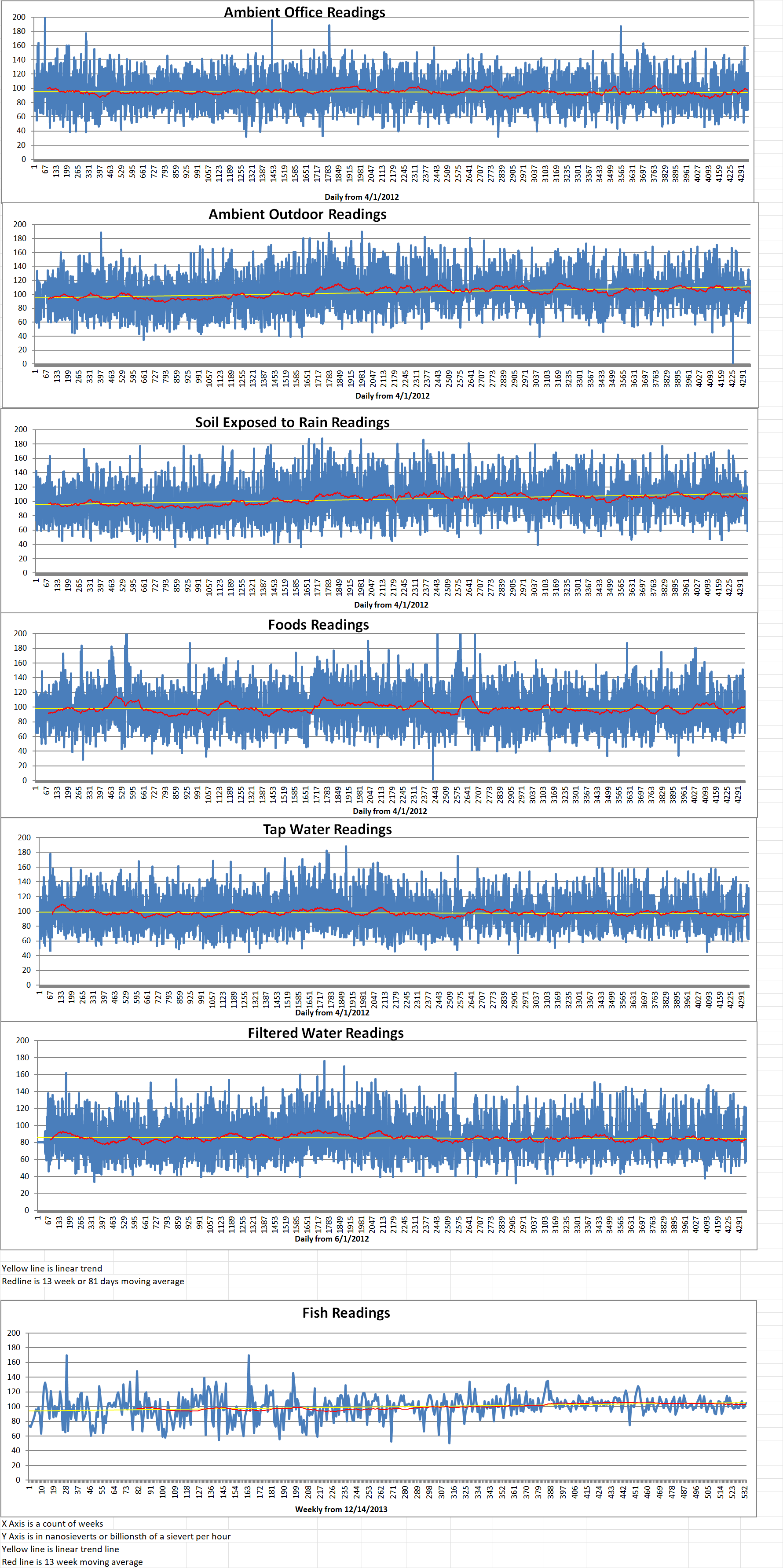
Geiger Readings for Sep 15, 2024
Ambient office = 116 nanosieverts per hour
Ambient outside = 104 nanosieverts per hour
Soil exposed to rain water = 100 nanosieverts per hour
Red bell pepper from Central Market = 90 nanosieverts per hour
Tap water = 94 nanosieverts per hour
Filter water = 84 nanosieverts per hour
-

Geiger Readings for Sep 14, 2024
Ambient office = 90 nanosieverts per hour
Ambient outside = 109 nanosieverts per hour
Soil exposed to rain water = 106 nanosieverts per hour
Mini cucumber from Central Market = 143 nanosieverts per hour
Tap water = 99 nanosieverts per hour
Filter water = 84 nanosieverts per hour
Dover Sole from Central = 1098 nanosieverts per hour
-
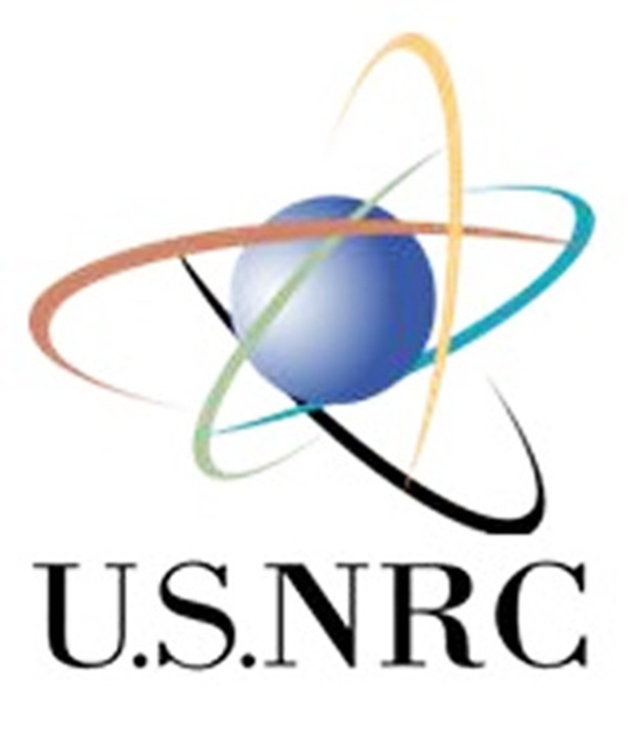
3383 – Nuclear Reactors 1425 – UK’s Office for Nuclear Regulation, The U.S. Nuclear Regulatory Commission And The Canadian Nuclear Safety Commission Issue Paper On AI In Nuclear Industry
The U.K., U.S. and Canadian nuclear regulators have revealed high-level principles for deploying artificial intelligence (AI) in the nuclear sector while maintaining adequate safety and security.
The regulators say that “AI could benefit nuclear safety, security and safeguards in a variety of ways. These include the analysis of large volumes of data to better manage risks and improve efficiency and accomplishing tasks in hazardous areas to decrease the risk to workers and potentially reduce error. AI could also be dynamically retrained to benefit from new information and experience so it can rapidly improve moving forwards.”
The UK’s Office for Nuclear Regulation (ONR), the US Nuclear Regulatory Commission (NRC) and the Canadian Nuclear Safety Commission (CNSC) have just published a new trilateral paper. The title of the paper is Considerations for developing artificial intelligence systems in nuclear. It describes principles that all participants in the AI lifecycle should consider. These include developers, licensees and regulators. The paper marks the first time international regulators have collaborated to draft principles addressing AI in the nuclear sector.
The paper covers a variety of topics. Common areas of focus for regulators when approaching AI are recommended. Understanding how to manage systems based on the consequences of AI failure and the level of AI autonomy is urged. The importance of human and organizational factors in the use of AI is emphasized. Integrating AI into existing nuclear systems is discussed. Managing the AI lifecycle from design to deployment is reviewed. Considerations for safety cases for AI in nuclear applications are mentioned.
The paper continues that “The nuclear industry benefits from decades of operational experience, mature and rigorous design and operation protocols, and a strong safety and security culture. The rapid pace of recent AI development is somewhat antithetical to the slow and methodical change process that the nuclear industry traditionally follows. Nevertheless, the primary goal for the nuclear industry and regulators with respect to AI systems will be maintaining adequate safety and security while benefiting from their deployment.”
Among its conclusions, the paper states that “The fast pace of AI development means it is unlikely that AI-specific consensus standards for the nuclear domain will be available to support regulatory activities within the near future. In the interim, existing nuclear-specific standards remain a starting point coupled with considering the unique attributes introduced by AI.”
The regulators conclude that “While there are hurdles to consider to successfully deploy AI, there are also potentially significant benefits to using AI. If effectively managed, negative consequences could be avoided or mitigated for many applications. This document recognizes this position and describes features the Canadian, UK, and US nuclear regulators consider important in managing risks arising from the use of AI.”
Shane Turner is the Technical Director of the ONR. He said that “This significant collaboration between CSNC, NRC and ONR will support the wider international nuclear community to understand what is important when considering the application of AI. ONR is open to innovation and is committed to enabling the safe and secure deployment of AI and other innovative technologies within the nuclear sector.” -
Nuclear News Roundup Sep 13, 2024
Russia pressing Central Asian states to embrace nuclear power intellinews.com
UK sells peaches from Fukushima nuclear disaster region bbc.com
Italy in talks to create nuclear power firm, Bloomberg News reports reuters.com
Cancelling Angra 3 would cost almost as much as completing it, study says world-nuclear-news.org
-
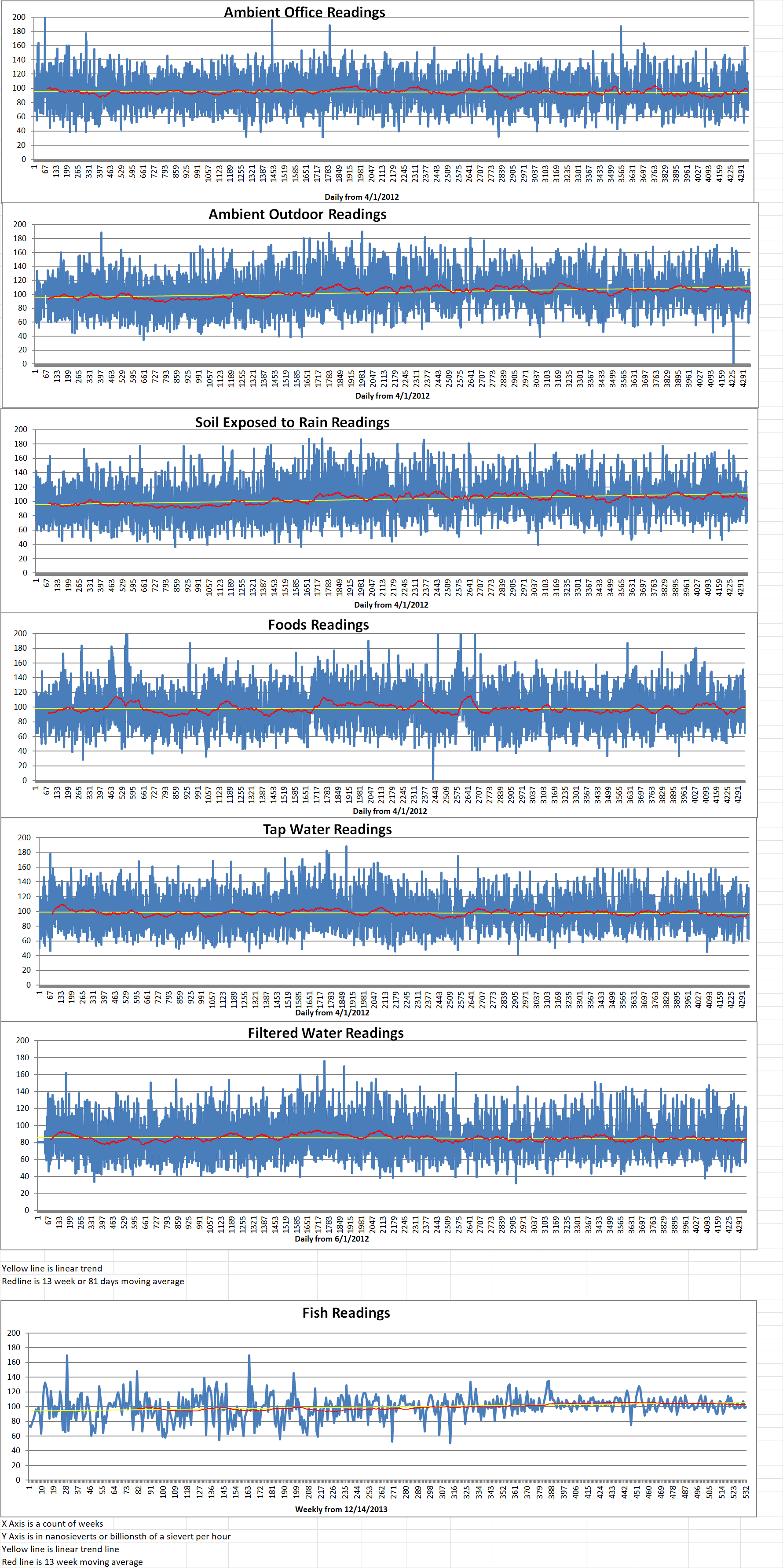
Geiger Readings for Sep 13, 2024
Ambient office = 97 nanosieverts per hour
Ambient outside = 104 nanosieverts per hour
Soil exposed to rain water = 108 nanosieverts per hour
Corn from Central Market = 129 nanosieverts per hour
Tap water = 100 nanosieverts per hour
Filter water = 85 nanosieverts per hour
